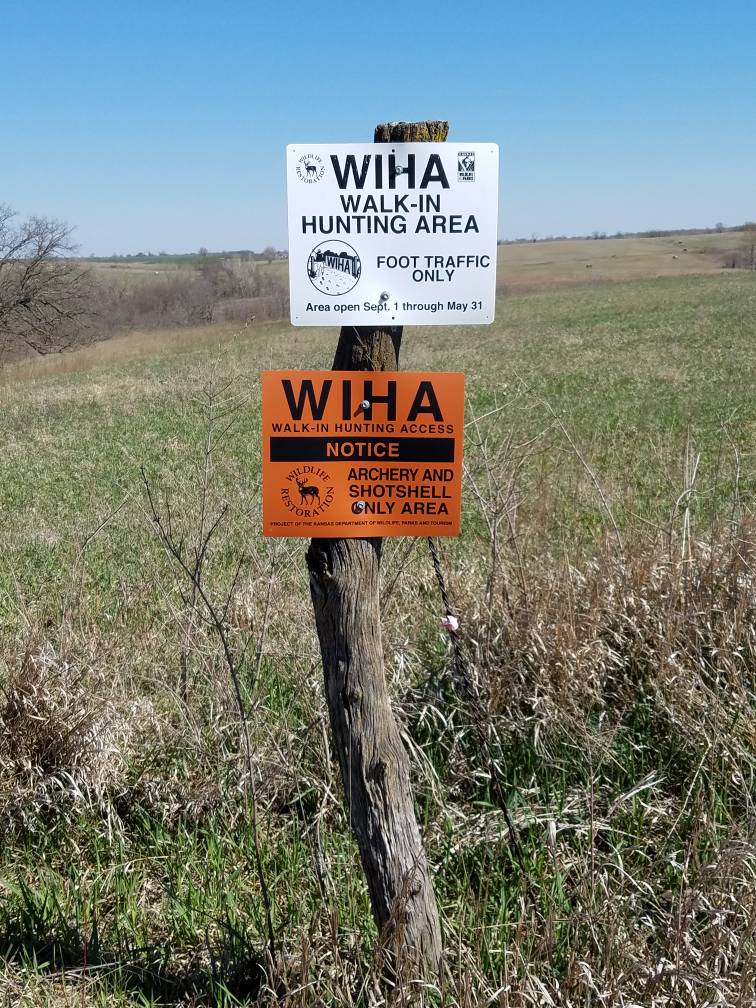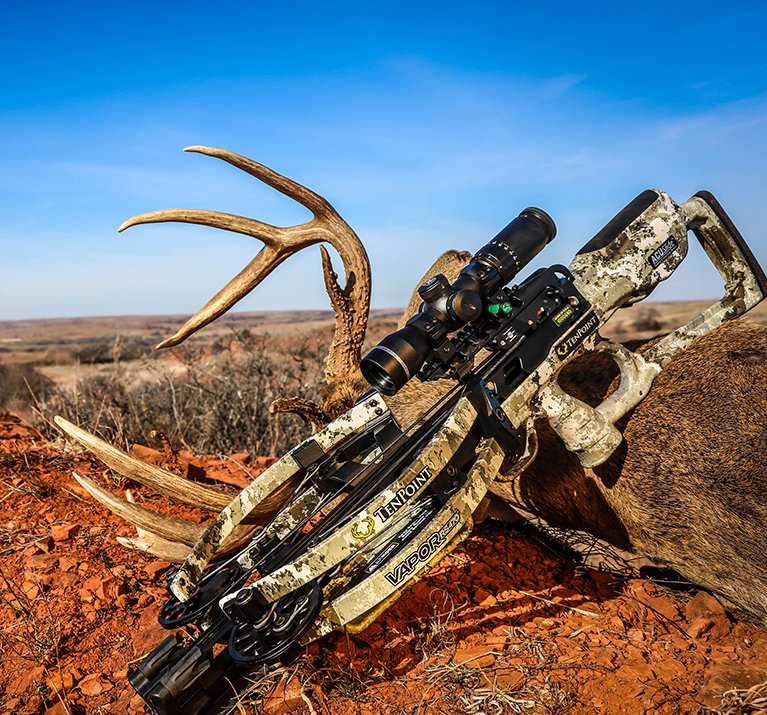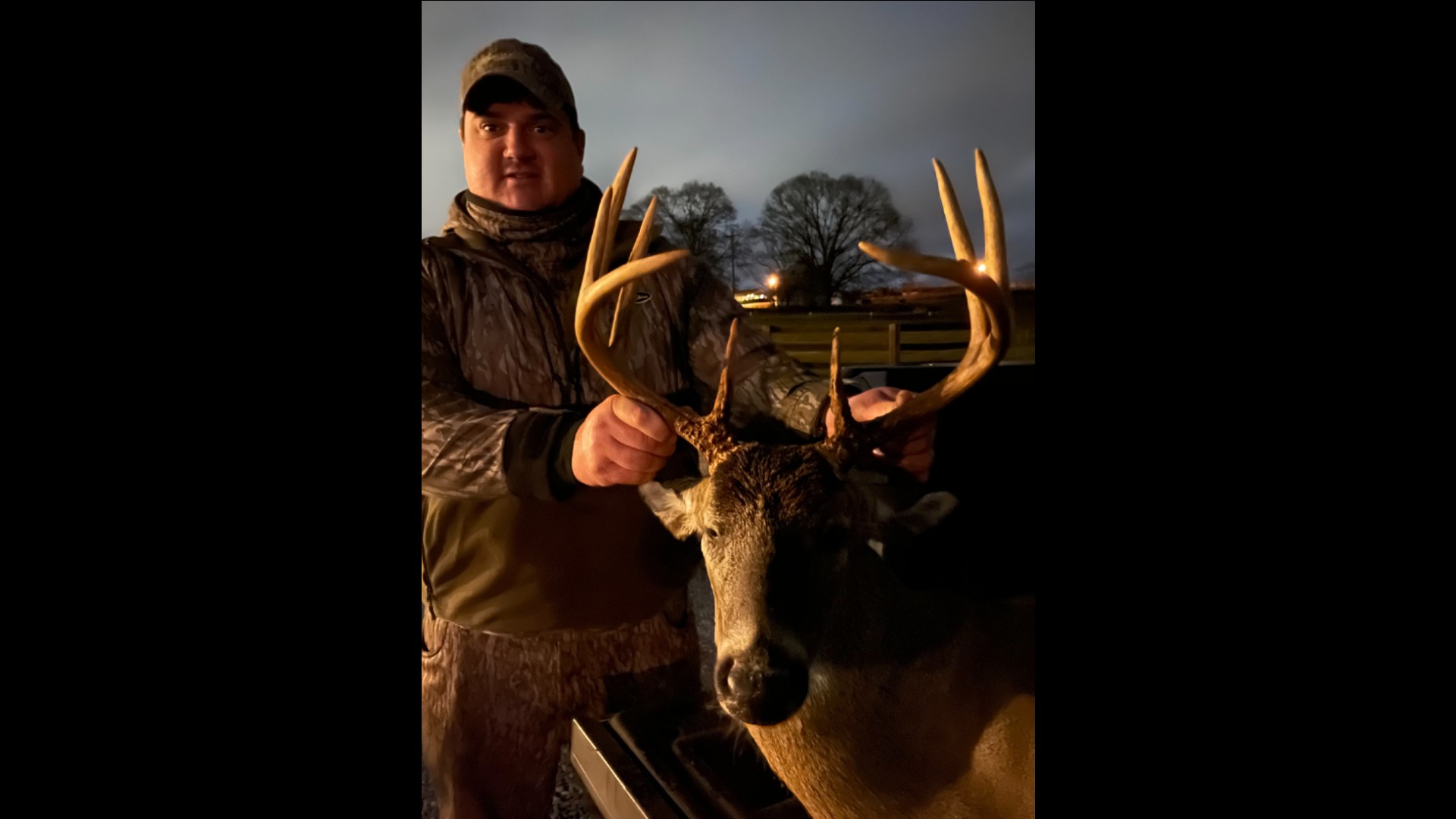
You might be interested in hunting privately owned land. If so, here are some tips to help you get permission. Here are some suggestions for hunting on private property. First, identify the parcels. Then follow the rules of the landowner. Second, ensure you follow the rules set forth by the landowner. Third, be successful. This article will help you with all of these steps. This article will help you to be ready to hunt private land.
Get permission to hunt on private land
It is crucial to get in touch with the land manager or owner of private property before hunting. It is best to get in touch with them prior to your hunt so that they have time to respond. It is possible to leave a token of appreciation for your time. Don't forget to dress appropriately for your hunt. Cleanliness will increase the likelihood that you are allowed to hunt on the landowner's land. If you have children, you should bring them with you. This will increase your chances for getting permission.
Contact the landowner and offer to do some work on their property. You can do this by offering to repair fences, pick up trash, or even plant trees. Hunting permits have been granted to some hunters who perform tasks for ranchers like watching cows. You may also offer to plant trees or pick rocks. In exchange, they will be grateful for your help. If the landowner refuses your offer, keep in touch with them and be sure to respect the landowner's property boundaries.

Respect the landowner's guidelines
Respect the property boundaries and rules of the landowners when you go on hunting trips. Always get permission before you leave and make sure the area is left in its best condition. Be sure to pick up any litter or debris that you may have left. Be sure to follow all parking or driving restrictions. Leave contact information and the vehicle number with the landowner. Before you go hunting you should make sure that you know where the property boundaries are.
While it may be tempting to go ahead and shoot a deer, it's always better to ask permission first. Remember that violating the landowner's rules can result in a fine or even jail time. It is important to check in before you hunt. It's also a good idea to introduce yourself, so they know you're a hunter.
Identifying parcels
Private land hunting requires that you identify each parcel before you go. The Game and Fish Department can provide printable maps for public and PLOTS lands. PLOTS Guide viewer shows electronically published lands in dark orange crosshatch. It is simple to identify individual posters' parcels. Simply right click on a parcel and select "Identify poster" to see the poster's name and other information.
It is crucial for hunters to identify parcels of private land when hunting. You can find information on access programs from many state wildlife departments on their websites. The North Dakota Game and Fish website also provides map sheets with available private land. To ensure you don't cross the property line, you must identify the parcel and follow the rules.

Your success is our success
There are a few key factors to consider when hunting private land. The first is to find the game. Most public lands are filled with open space, but the majority of it will be overhunted. Even those with plenty of open ground look good on aerial images, but if the land has been used by hunters before, you may not be able to find any game. Private land is much better.
Asking colleagues and friends about private hunting land can be a good way to find it. People tend to listen to recommendations from colleagues and friends, so if they know of a piece of land you want to hunt, they're more likely to let you hunt there. Be respectful of the landowner when you exchange the land. It may be beneficial to offer to do some yardwork, fix fences, or perform other miscellaneous chores for the property.
FAQ
What types are allowed to be used in firearms?
You have many options when hunting.
Hunters usually use rifles or shotguns or handguns as well muzzle-loading firearms.
Rifles can fire bullets at long distances. Shotguns are loaded with pellets. Handguns are made to fire bullets through your hand. Muzzle-loading firearms can be used in the same way as modern pistols.
Crossbows can shoot arrows. Bowhunters are archery weapon.
You need to be skilled in hunting with a crossbow. You must first learn how to properly aim and shoot the weapon.
What gun works best for hunting?
A.22 caliber firearm is the best weapon to hunt with. It is light and easy to transport. You can also shoot at great distances with it.
It is best to not anticipate a predator attacking you with this type of gun.
It is not a good idea to shoot at trees with ammunition. This would cause little harm. You should aim your gun at your prey.
A.30 caliber rifle can be used if you plan to hunt larger game such as deer and elk. It's heavier than the.22 caliber rifle.
For accuracy with a 30-caliber rifle, you will need more practice.
Can I take my dog along?
In most states, dogs cannot be hunted together. However, some states have laws allowing this practice. You can check with your state's Department of Natural Resources to see if this practice is allowed in your region.
Some hunters also bring their pets. Some hunters feel that having a pet can help them relax while they hunt. Others feel that companionship makes them less likely get lost.
The problem with bringing a pet is that it can cause some problems. Dogs tend to chase animals away from the hunter. Wild animals could also attack the pet.
Which state has more deer hunters than the other?
The state with the most deer hunters is Wyoming. It also has one of the highest numbers of hunting licenses that are sold each year.
South Dakota is the state with the most deer hunters. It is third in terms of the number sold annually of hunting licenses.
New Hampshire is home to the most deer hunters. It ranks last for the number of hunting permits per capita.
Statistics
- In less than 20 years, Rhode Island saw a 40% drop in the number of hunting licenses for residents, according to The Valley Breeze. (stacker.com)
- According to the Wildlife Restoration Act, passed in 1937, most of the state conservation efforts are funded through hunting and fishing license sales and firearms sales. (stacker.com)
- Less than 1% of Hawaii's population has a hunting license. (stacker.com)
- Over the past 50 years, the number of hunting licenses in California has been on a rapid decline, falling 70% from more than 760,000 in the 1970s to under 268,000 in 2020—even as the state's population has skyrocketed, according to The Mercury News. (stacker.com)
External Links
How To
How to hunt wild Hogs
Wild hogs are large animals found in North America, Africa, Asia, and Europe. Wild hogs feed on vegetation and small animals such a rabbits or mice, birds, insects, and fish. They usually feed at night. The gestation period lasts around six months, after which one piglet is born. A sow can give birth once every two years. Wild hogs are solitary animals, although they sometimes live together in groups called herds.
Wild boars are 200 pounds (90 kilograms) in weight. Their head length ranges between 10-12 inches (20-25 cm) and 20-30 inches (30-50 cm) respectively. Wild pigs tend to have long legs, wide shoulders, and short tails. They have a thick layer under their skin of fat.
They have strong senses of smell, hearing and sight. They use their senses to identify danger and find food. They can run upto 35 mph (56 km/h) at speeds of up to 14 mph and jump upto 15 feet (4 m) from a distance of just under 4 m. They have sharp teeth. They are very aggressive when protecting themselves from predators.
Hunting wild hogs are difficult because they are fast, intelligent, and elusive. They must be carefully tracked by hunters. If hunters shoot too early, the animal may escape. Hunting too early can cause the animal to escape.
There are many different hunting methods that can be used to kill wild boars. The most common method is shooting. This involves hunting the animal down and waiting for it to come within range. Another method is trapping. Trapping is the practice of placing traps in areas where the hogs are likely to drink. Some traps contain a smell lure, such a corn meal with peanut butter. When the trap is opened, the hunter shoots a trapped pig.
Another method is snaring. Snaring involves using a noose made of rope to catch the porc. It is best to catch the pig during its mating season.
Other methods include spearing, netting, and poisoning. To stop the pig from breathing, netting or spearing is a method of placing a net on its neck. Poisoning can be done by injecting poison into the body of the pig.
Wild hog hunters must be prepared to deal with the cold. For warmth, hunters may need to wear snowshoes in certain areas. Some hunters carry dogs to help them track the animals.